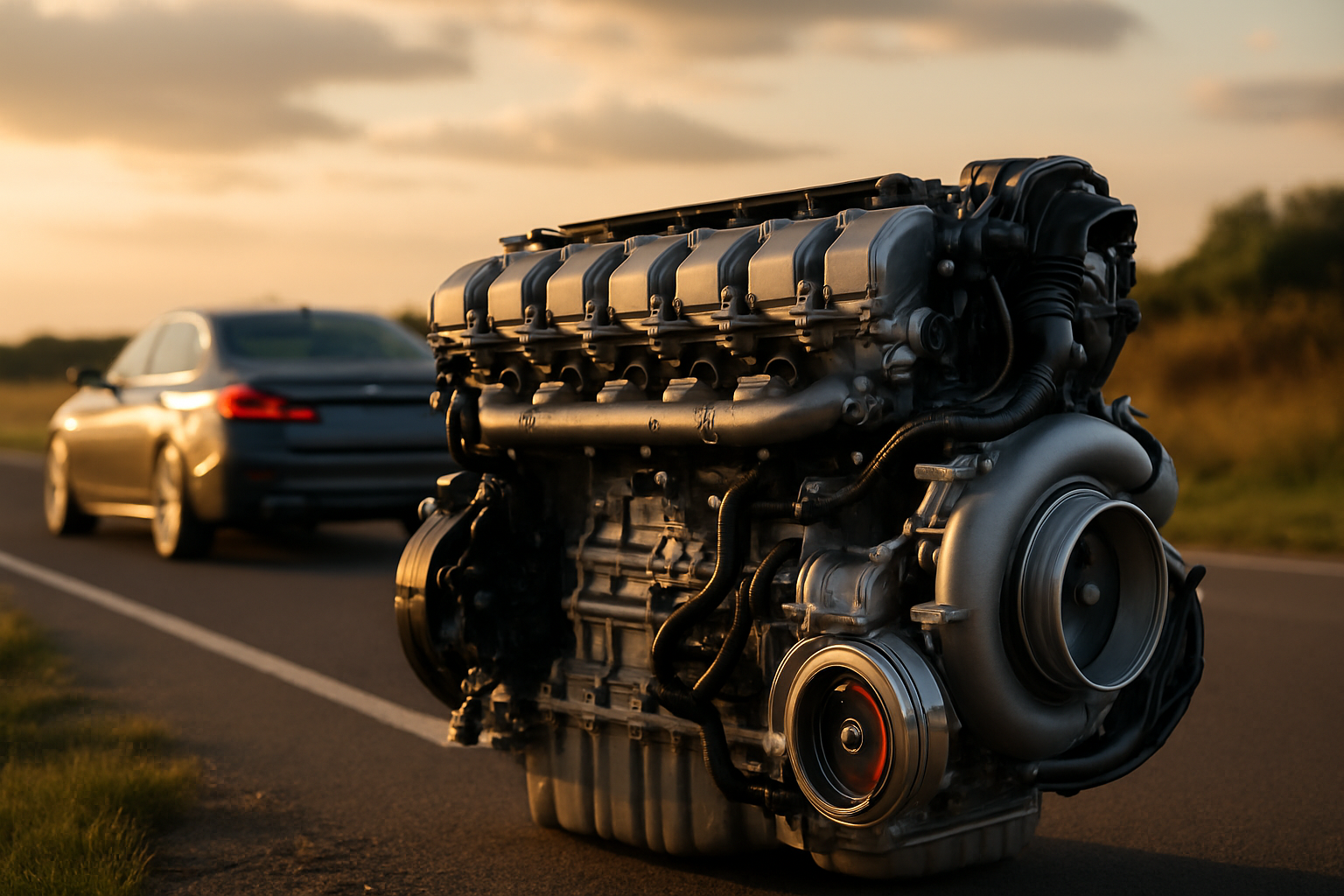Sustainable Prefabricated Homes: Stylish, Durable, and Affordable
Prefabricated homes have emerged as a stylish and sustainable alternative in the real estate sector, offering durable and affordable solutions for eco-conscious living. Some homes integrate cutting-edge designs with environmental benefits, economic advantages, and adaptability to diverse climates. Understand how prefabricated homes are setting new standards in sustainable living.

Why You Should Learn More About Prefabricated Homes Today
The prefabricated housing market has evolved dramatically from its humble beginnings, now encompassing luxury residences, energy-efficient cottages, and innovative modular communities. Today’s prefab homes incorporate advanced building technologies, smart home systems, and sustainable materials that weren’t available just a decade ago. The COVID-19 pandemic accelerated interest in alternative housing solutions as people sought affordable, quickly deployable living spaces. Major architectural firms now design prefabricated structures, elevating the industry’s reputation and design standards. Understanding prefab homes is essential for anyone considering homeownership in an era of rising construction costs and lengthy building timelines.
Economic Advantages of Prefabricated Homes
Prefabricated homes typically cost 10-20% less than traditional site-built houses due to streamlined manufacturing processes and reduced labor requirements. Factory construction eliminates weather delays, material waste, and costly change orders that plague conventional building projects. Bulk purchasing of materials by prefab manufacturers creates significant cost savings passed on to consumers. Construction timelines often shrink from 6-12 months to just 2-4 months, reducing interim housing costs and financing expenses. Insurance premiums may be lower for prefab homes that meet or exceed local building codes, as many feature enhanced structural integrity designed to withstand natural disasters.
Environmental Benefits of Prefabricated Homes
Factory-controlled construction environments minimize material waste by up to 50% compared to traditional building methods, where excess materials often end up in landfills. Precise manufacturing processes ensure optimal insulation installation, creating superior energy efficiency that reduces heating and cooling costs by 15-30%. Many prefab manufacturers prioritize sustainable materials such as bamboo flooring, recycled steel framing, and low-VOC finishes that improve indoor air quality. Transportation emissions are reduced through efficient logistics and compact shipping methods. Some prefab homes achieve net-zero energy consumption through integrated solar panels, energy-efficient appliances, and advanced HVAC systems designed specifically for the structure.
Are Prefabricated Homes Actually Durable and Well-Built?
Modern prefabricated homes must meet the same building codes and structural requirements as traditional homes, with many exceeding these standards due to controlled manufacturing conditions. Factory construction allows for precise quality control measures impossible at outdoor construction sites, including consistent material moisture content and exact measurements. Many prefab homes feature engineered lumber and steel framing systems that provide superior strength-to-weight ratios compared to conventional stick-built construction. Quality control inspections occur at multiple manufacturing stages, rather than relying solely on periodic site visits common in traditional construction. Several prefab manufacturers offer warranties extending 10-20 years, demonstrating confidence in their construction quality and durability.
What Styles and Customization Options Are Available?
Contemporary prefab manufacturers offer diverse architectural styles ranging from sleek modern designs to traditional farmhouse aesthetics and everything in between. Customization options include floor plan modifications, exterior finishes, interior fixtures, and energy efficiency upgrades tailored to specific climate conditions. Many companies provide online design tools allowing customers to visualize different configurations and material selections before finalizing orders. High-end prefab manufacturers collaborate with renowned architects to create signature home designs that rival custom architecture. Modular systems enable homeowners to expand their living space over time by adding prefabricated sections, providing flexibility for growing families or changing needs.
Prefabricated Home Pricing and Provider Comparison
Prefabricated home costs vary significantly based on size, customization level, and regional factors across the United States. Basic prefab homes start around $100-150 per square foot, while luxury options can reach $300-400 per square foot, still typically less expensive than comparable custom construction. Regional manufacturers often provide competitive pricing and faster delivery due to reduced transportation costs.
| Provider | Home Type | Price Range (per sq ft) | Key Features |
|---|---|---|---|
| Blu Homes | Modern prefab | $200-$400 | Steel frame, floor-to-ceiling windows, sustainable materials |
| Clayton Homes | Traditional/modern | $80-$150 | Affordable options, financing available, wide distribution |
| Connect Homes | Contemporary | $150-$300 | Modular expansion, architect-designed, energy efficient |
| Method Homes | Modern prefab | $200-$350 | Customizable designs, green building focus, West Coast delivery |
| Unity Homes | Traditional/modern | $120-$250 | New England focus, energy efficient, traditional aesthetics |
Prices, rates, or cost estimates mentioned in this article are based on the latest available information but may change over time. Independent research is advised before making financial decisions.
The prefabricated home industry continues evolving as consumer demand grows and technology advances create new possibilities for sustainable, affordable housing. These innovative dwellings offer compelling solutions for environmentally conscious homeowners seeking quality construction without the premium price tag of traditional custom homes. As building codes adapt and financing options expand, prefabricated homes are positioned to play an increasingly important role in addressing America’s housing affordability challenges while promoting sustainable living practices.




